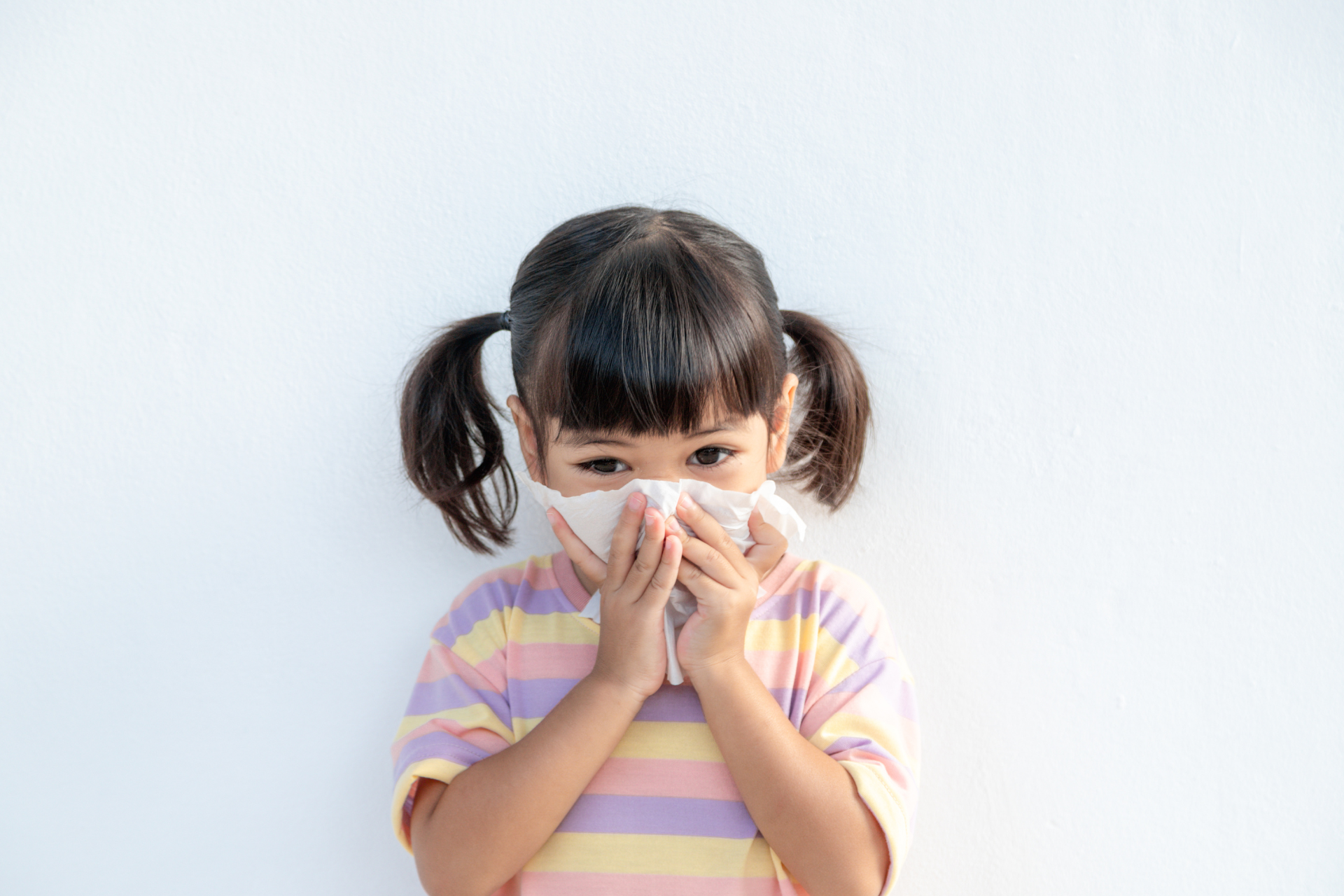Colds in Children: Best Practices for Quick Recovery

At Fall Creek Skin and Health Clinic, we understand that when your child catches a cold, it can be a stressful time for both kids and parents. Colds are common and usually harmless, but they can leave little ones feeling miserable. Thankfully, there are several best practices that can help ensure a quick recovery and keep your child comfortable during this time.
Understand the Symptoms
Before diving into recovery strategies, it's essential to recognize the typical symptoms of a cold in children. Common signs include a runny or stuffy nose, cough, sore throat, mild headache, and sometimes a low-grade fever. While these symptoms can be bothersome, they usually resolve within a week or two. If your child's symptoms worsen or persist beyond this timeframe, it’s wise to consult a healthcare professional.
Hydration is Key
One of the most effective ways to help your child recover from a cold is to keep them well-hydrated. Encourage them to drink plenty of fluids, such as water, herbal teas, or clear broths. This not only helps thin mucus but also keeps the throat moist, alleviating discomfort. Avoid sugary or caffeinated beverages, as these can lead to dehydration.
Rest is Essential
Just like adults, children need extra rest when their bodies are fighting off an illness. Ensure your child has a comfortable space to rest, complete with cozy blankets and favorite toys. Try to maintain a calm environment where they can relax. This might also be an excellent opportunity for you to enjoy some quiet activities together, such as reading or watching movies.
Maintain Proper Nutrition
While your child may have a decreased appetite during a cold, it’s essential to encourage light, nutritious foods. Foods rich in vitamins, especially vitamin C, can support their immune system. Fruits like oranges, strawberries, and kiwi are great options. Additionally, warming soups can be both comforting and nutritious, helping to soothe sore throats and provide essential hydration.
Use a Humidifier
Dry air can exacerbate a child's cold symptoms, particularly a cough or stuffy nose. Using a humidifier in their room can add moisture to the air, making it easier for them to breathe and sleep. Remember to clean the humidifier regularly to prevent mold and bacteria growth.
Consider Over-the-Counter Remedies
For children over the age of two, over-the-counter medications can help alleviate specific cold symptoms. Decongestants, antihistamines, and pain relievers such as acetaminophen or ibuprofen can be effective when used appropriately. Always consult with a healthcare professional before giving medication to ensure it’s suitable for your child's age and specific symptoms.
Monitor and Consult
While most colds can be managed at home, keep an eye on your child's symptoms. If they develop high fever, severe headaches, or if symptoms last more than ten days, it’s time to visit Fall Creek Skin and Health Clinic. Our team is equipped to assess and treat your child’s health needs effectively.
Final Thoughts
As a parent, witnessing your child struggle with a cold can be distressing. However, by following these best practices, you can create a supportive environment that fosters a quicker recovery. At Fall Creek Skin and Health Clinic, we are dedicated to providing care for patients of all ages, ensuring that minor sicknesses like colds are managed effectively and affordably. Remember, a little extra love and care can go a long way in helping your child feel better!




